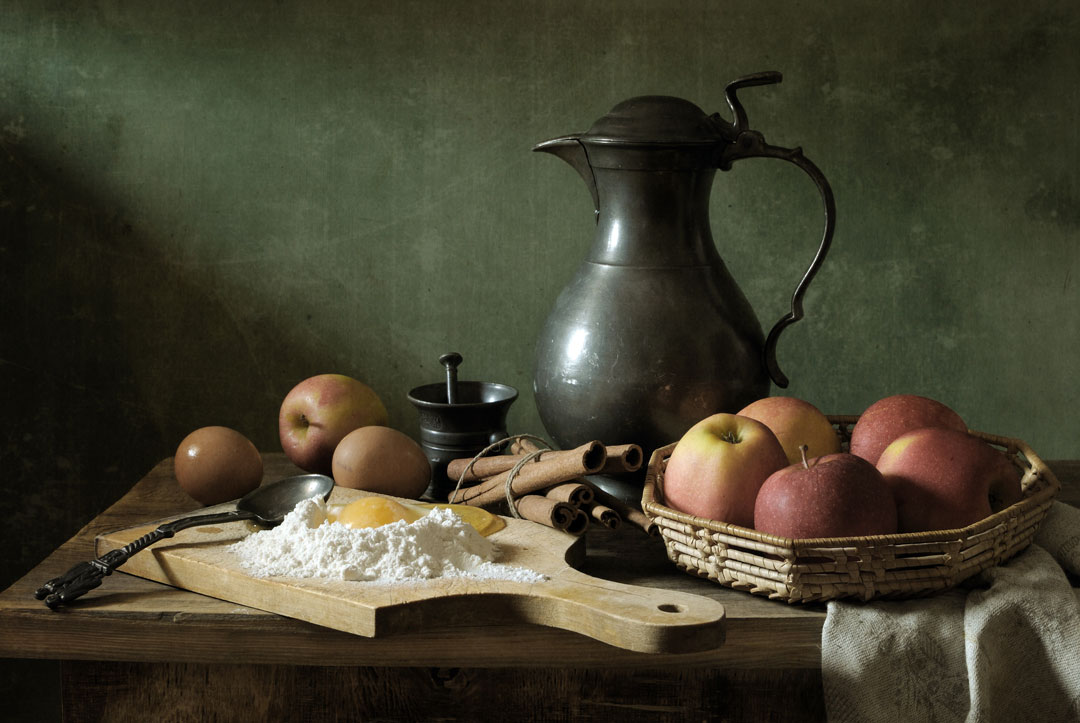During the Gold Rush, San Francisco became an epicenter of fine dining and exotic cuisine. Two elements contributed to this. First, the Gold Rush drew people from all over the world, and they brought their native cooking with them. And second, miners returning from the gold fields brought with them incredible wealth and a burning desire to spend it on the best things in life– what better place to start than with a fine meal?
And as San Francisco led, Virginia City followed only a few years later…
MAIN DISHES
Without adequate refrigeration to preserve food, “the freshest ingredients” were a necessity. Without rapid transportation, everything used had to be grown locally. And without advanced hybrids and genetic manipulation, produce of all types was grown for flavor and durability rather than looks.
Not only that, but preparation was far more arduous without modern appliances such as gas stoves, blenders, freezers, and the like. Yet even without all of these so-called ‘advances’, the cuisine was spectacular.
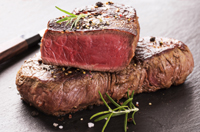 Meat and Game
Meat and Game
Beef
Although beef was a great favorite, the severe drought of 1862-1865, followed by periodic droughts in the 1870s, all but destroyed the cattle industry in California. Paradoxically, this made beef more readily available in the short run, as ranchers slaughtered their herds for lack of feed and sold the resulting meat at rock-bottom prices.
Beef preserved in salt (‘corned’ beef’) was a staple of Irish cooking, and the Cornish miners used beef in their famous pasties. The finest dining establishments of whatever ethnicity always managed to secure an ample supply of fresh steaks and roasts.
Most expensive of all, however, was ‘Hamburg steak’. First served by New York’s Delmonico’s restaurant in 1837, it became an instant hit, and today’s humble ‘hamburger’ was born.
Pork
Pork was plentiful throughout the Southwest and California. Ham, bacon, ‘sowbelly’, roasts, suckling pig– all made their appearance from the humblest campfire to the finest restaurants in the city. Pigs were still being driven to market through the streets of San Francisco as late as the 1860s,
Lamb and Mutton
Sheep travelled to California with the wagon trains as early as 1841. The herds multiplied throughout the state; lamb and mutton were regular fare from the state’s earliest days. Leg of mutton and lamb chops graced the finest tables, while the poorer folk made do with lamb stew.
Game
Wild game was plentiful on the San Francisco peninsula, across the Bay in Marin County, and in the Sierra Nevada Mountains near Virginia City. As late as the 1850s bears were still a nuisance in what is now the Mission District of San Francisco, and as the city grew these ‘interlopers’ were sometimes repurposed onto hotel bills of fare. Elk and deer were plentiful in Marin County; they too provided inspiration for local chefs.
See below for fish, shellfish, and wild fowl.
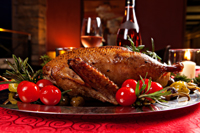 Poultry
Poultry
Chicken
Who could pass up Cream Fricasse of Chicken with Asparagus Points, or Chicken-Stuffed Veal? Chickens came to the U.S. with the original Jamestown settlers, but surprisingly enough did not constitute an important part of the settlers’ diet. They were raised for eggs, or often for sport– cockfighting.
The all-American favorite, fried chicken, became popular during the Civil War because it was less prone to spoilage than other meats when transported to the battlefield. It wasn’t until 1900, however, with the advent of the first commercial incubators, that chicken became a regular feature on restaurant menus.
Goose
Traditionally associated with Christmas, geese were popular holiday fare. In the 19th century, however, fowl were served at a more advanced age than they are today, making them tougher and necessitating marinades and aging to make them palatable.
Duck, Turkey
Wild turkey were plentiful during Civil War days, and were so popular that by the end of the 19th century only about 30,000 individual birds remained. Not only over-hunting, but civilization itself posed a threat; by 1900 over half of the wild turkey’s foraging range had been lost to farmland.
Duck, both wild and domestic, was a popular food item in the 1800s. California’s location on the Pacific flyway made migratory birds available when domestic stocks ran low.
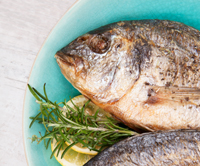 Fish
Fish
Because of the lack of refrigeration in the early 1800s, fish either had to be eaten or preserved the day caught. Smoking came first; canning became popular in Europe beginning in the 1850s, but did not become entrenched in the states until the turn of the century. Saleratus, an early form of baking soda, was first manufactured in the mid 1800s and used extensively to preserve freshly-caught fish.
Fish was abundant in the sea and shoreline around San Francisco. The daily catch ranged from smaller baitfish such as herring and sardines, through bottom feeders such as sand dabs, petrale sole, and hallibut, to the largest game fish such as tuna. Salmon were fished exclusively in the streams and rivers until the mid 1890s, when ocean fishing began.
Big game fish such as tuna and salmon were hunted by the immigrant Italians who settled in the North Beach area (then an actual beach) and set out daily from the Fisherman’s Wharf area. At the end of the day the bits and scraps of fish and shellfish left over were tossed into a stewpot and became one of the city’s best-known dishes, cioppino, served with crusty San Francisco sourdough bread.
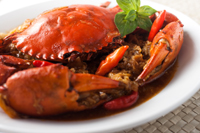 Shellfish
Shellfish
“Fried oysters, blue-point oysters on the half-shell, cherry-stone clams, steamed San Francisco mussels, soft-shelled crabs (imported) and Dungeness crabs…” This was part of a list created by none other than Mark Twain, describing an ideal meal.
Shellfish, especially oysters, were much prized. Fresh oysters had always been available on the Pacific Coast; as early as 1851 the first law relating to oysters and oyster beds was passed in California. Eastern oysters, first arrived in San Francisco from Baltimore in October 1869, carried by the new intercontinental railroad.
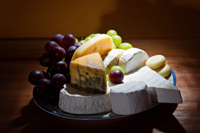 Eggs and Cheese
Eggs and Cheese
Eggs
Eggs were a premium food item during the mid 1800s. Fragile and prone to spoilage, they were rarer and hence more expensive than the live birds who laid them. Enterprising entrepreneurs took to raiding the wild rookeries that originally existed on the islands off the coast, seriously impacting the native bird populations by eliminating undisturbed nesting sites.
Cheese
Americans generally liked cheese, which travelled well and came in a variety of flavors and consistencies. As the century wore on, they came to rely increasingly on factory-made products, rather than making cheese at home.
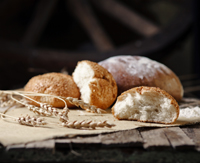 OTHER
OTHER
Breads, Rolls, Biscuits, Cereals
San Franciscans love their sourdough bread, a staple since the city’s earliest days. The Boudin family, originally from France, still bakes the classic loaf from the same starter they used in 1849. Legend has it that the starter was rescued during the 1906 fire by Louise Boudin, matriarch of the family.
Nonetheless, some ethnic groups preferred breads of their homelands– the Italians loved their traditional crusty loaves, gold miners from Wales clung to their ‘dampers’ (a bread made of flour, salt, and water baked on hot coals), and Mexican natives never lost their love of tortillas.
Oatmeal (also known as porridge) had been around for centuries, but dry cereal as we know it today didn’t appear on breakfast tables until 1863. It was a form of granola, created by Dr. James C. Jackson of Dansville, N.Y. Muesli followed in 1867, but it was not until 1884 that Dr. John Harvey Kellogg patented the now-common ‘corn flakes’.
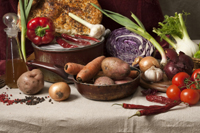 Produce
Produce
California’s ideal climate has always produced bumper crops of most fruits and vegetables, the only exceptions being those that require a winter chill to set properly. Even those, however, can be grown in many parts of the state and often found their way to the tables in San Francisco.
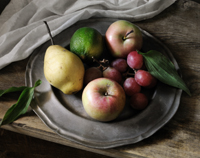
California’s most famous agricultural product, the grape (for both eating and wine-making), arrived with the Spanish missionaries. However, large vineyards were not planted in the state until the mid-1860s (see below).
Despite the ideal growing conditions, fresh produce was inherently perishable. Until commercial refrigeration became widespread, fresh fruits and vegetables were sometimes hard to come by, and in the early mining days scurvy was widespread.
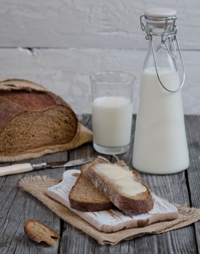 BEVERAGES
BEVERAGES
Milk
Milk was originally delivered door-to-door; homeowners ladled the amount wanted into their own containers from large tin cans on the milkman’s wagon.
In 1878, however, George Lester applied for a patent on a glass container, and the milk bottle was born.
Condensed milk was patented in 1856, dried milk in 1872, and evaporated milk in 1884.
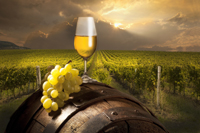 Beer and Wine
Beer and Wine
Beer, ale, and lager were the drinks of choice in early American, in part due to the fact that safe drinking water was often difficult to find. By 1863, there were over 2,000 breweries in the U.S.
Wine and winemaking came to California with the early missionaries, but production of wine on a mass scale did not occur until the 1860s. In 1862, Agoston Haraszthy de Mokcsa brought over 1,300 varieties of grapevines to California from Europe.
French wine grapes were nearly totally destroyed by the inadvertent introduction in 1858 of a pest from the new world, an aphid called phyloxera which blighted almost the entire European crop by the mid 1860s. In an event of supreme irony, the vineyards were saved by re-introduction of grape strains grafted onto resistant root stock from the U.S., where the plague originated.
 Coffee, Tea and Cocoa
Coffee, Tea and Cocoa
Thanks in large part to a trivial misunderstanding with the British over taxes in the 1770s, Americans came to prefer coffee over tea. The migration west was fueled by the beverage; coffee, bacon, and dry bread was a typical breakfast for miners and settlers alike, with more of the same for the mid-day meal.
The early miners could not always procure the real thing, however, and sometimes served a vile concoction of brown bread, acorns, dandelion roots, barley, and snuff instead.
In 1865 James H. Mason received the first U.S. patent for a coffee percolator; until that time coffee was prepared by boiling the grounds at the bottom of a coffee pot. In 1881 the first instant coffee was introduced at the Pan American World Fair.
Cocoa– the powdered version we know today– was introduced in 1828, although an unsweetened, bitter version had been known in the Mayan culture as far back as 2,000 years ago. The Aztecs so prized the beans that they were used as currency. It was not until the late 1800s, however, that the crucial ingredient– marshmallows– was commercially available.
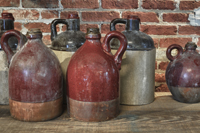 Whiskey and Spirits
Whiskey and Spirits
See: Temperance
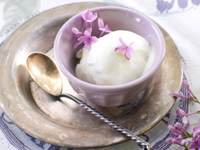 SWEETS
SWEETS
Desserts
Cakes, pies, cookies and puddings have been a staple of mealtimes since the earliest days of civilization. Even ice cream can be traced back to Roman times, when juices were mixed with snow to produce a form of the delicacy. However, other sweets are of a more modern origin.
Chewing Gum
In 1869, William Finley Semple patented the first chewing gum, though he never manufactured it. Two years later, Thomas Adams patented a chewing gum producing machine. He manufactured the first commercially successful chewing gum, ‘Black Jack.’ William Wrigley, Jr. introduced the ever-popular Juicy Fruit in 1893, and later that year Wrigley’s Spearmint.
 Confections
Confections
The forerunners of conversation hearts were first developed in 1847, when Oliver R. Chase invented a machine to cut wafers of candy into lozenges; his brother, Daniel Chase, began printing sayings on the candy in 1866.
Jelly beans first appeared in Boston in 1861, when candy-maker William Schrafft urged his customers to send his candies to soldiers at the front during the Civil War.
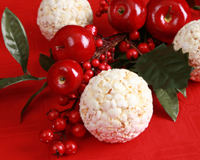 Popcorn, a uniquely American treat, had been around since pre-history, but leapt the barrier to a confection with the invention of ‘Cracker Jack’ in 1893.
Popcorn, a uniquely American treat, had been around since pre-history, but leapt the barrier to a confection with the invention of ‘Cracker Jack’ in 1893.
Candy corn was first developed in the 1880s by George Renninger of the Philadelphia Wunderle Candy Company.
Salt-water taffy made its appearance in Atlantic City, New Jersey about the same time.
 Chocolate
Chocolate
In 1828, Dutch chemist Coenraad Johannes van Houten invented the cocoa press, which squeezed the cocoa butter from the roasted cacao beans, leaving behind a powder that could be used to produce a drink, or mixed with other ingredients and molded– the first chocolate bar.
In 1842, John Cadbury, an English confectioner, expanded his line of powdered cocoas and pressed cakes of chocolate powder. It was not until 1847, however, that the Fry and Sons shop in Bristol put together what they called “eating chocolate” by mixing cocoa butter, sugar, and chocolate liquor. It was gritty and probably bitter by today’s standards, but was the first chocolate confection intended to be eaten on its own.
In 1875 Daniel Peter, working with the Nestle company which owned a creamery next door to his factory in Swtizerland, created milk chocolate. As with modern versions of the product, condensed milk was used to create a smooth consistency.
POPULAR CUISINES
American cuisine rapidly incorporated the best elements of its immigrant forebearers, but several specialities were particularly important in California and Nevada.
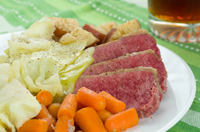 Irish
Irish
The Irish immigration in the 1840s brought a wave of uniquely Irish cooking to the Western United States.
Corned beef, cabbage, and the ever-present potato became staples of the pioneer table.
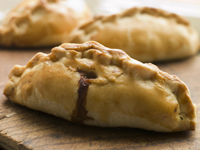 Cornish
Cornish
The popular Cornish ‘pasty’ had a tasty filling of beef, swede (rutabaga), potato and onion. The miners carried them into the mines in a specially-contructed lunchbox that used the miner’s candle to heat water in an upper compartment for tea while the pasty served as main course.
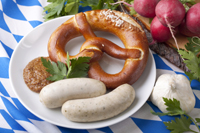 German-Bavarian
German-Bavarian
Hearty German are was popular in the mining camps, where the demanding physical labor necessitated rich and heavy fare.
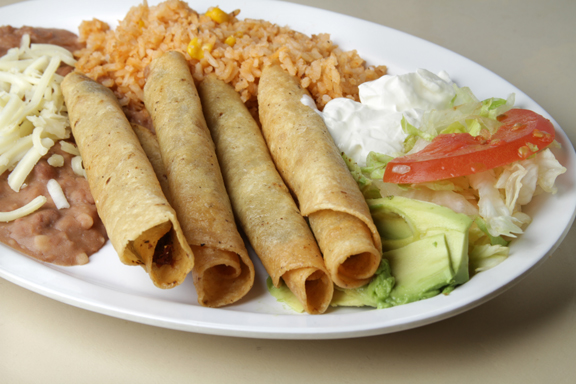 Mexican-American
Mexican-American
Chinese
Ironically, two important cuisines were under-represented in the emerging international fare offered in San Francisco and its sister-city, Virginia City.
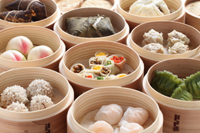 Both Mexican-American dishes and Chinese offerings were often prepared only for recent immigrants; traditional meals from both cultures were viewed as ‘old-fashioned’ and spurned in favor of the more modern cuisines of other cultures.
Both Mexican-American dishes and Chinese offerings were often prepared only for recent immigrants; traditional meals from both cultures were viewed as ‘old-fashioned’ and spurned in favor of the more modern cuisines of other cultures.
FURTHER READING AND OTHER REFERENCES
Pollan, Michael. The Omnivore’s Dilemma: A Natural History of Four Meals. New York: Penguin, 2006.
(Posted May 2015)
